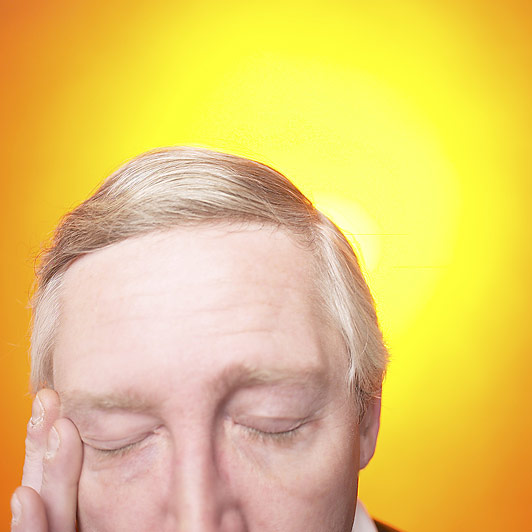
WEDNESDAY, June 17, 2015 (HealthDay News) — Despite the availability of medications proven to ease migraines in children, most kids seeking care for severe headaches are not given these drugs, a new study suggests.
Using data from electronic health records to analyze care given to nearly 40,000 American children aged 6 to 17, the researchers also found that nearly half presenting with severe headaches for the first time weren’t prescribed or recommended any pain medicine at all — not even over-the-counter medications.
“Unfortunately, too many kids are not getting the right kind of medication,” said study author Robert Nicholson, director of behavioral medicine at Mercy Clinic Headache Center in St. Louis. “Too many aren’t getting a full evaluation to be able to actively determine what kind of headache they’re having. But undertreatment of kids is a real concern.”
The study was to be presented Wednesday at the American Headache Society’s annual meeting in Washington, D.C. Research presented at medical meetings typically has not been peer-reviewed or published, and results are considered preliminary.
About 36 million men, women and children in the United States suffer from migraine headaches, according to the Migraine Research Foundation. The potentially debilitating headaches can also include visual disturbances, nausea, dizziness and vomiting, and attacks typically last between four and 72 hours.
Migraine treatments include a variety of over-the-counter and prescription drugs to either prevent attacks or relieve them once they’ve begun. So-called evidence-based medications, which have received U.S. Food and Drug Administration approval for this use, include a class of drugs called triptans, as well as some nonsteroidal anti-inflammatory drugs (NSAIDs) and pain relievers.
In the study, Nicholson examined data from children and teens seeking care for the first time for a primary headache or migraine across a group of four states. The youngsters went to metropolitan and non-metropolitan primary care practices, specialty care practices, hospital emergency departments or urgent care units.
Study participants included mostly girls (57 percent). Nearly eight in 10 were white, and the average age was 12. About 18 percent of the children and teens were diagnosed with migraine, while 46 percent weren’t formally diagnosed with anything, and 37 percent were diagnosed with headache.
Girls were more likely than boys to receive medications for their pain, as were older teens between the ages of 15 and 17. Nicholson said both groups might be better at expressing their needs to doctors.
While it may be difficult to definitively diagnose migraines in patients first presenting with severe headaches — as did all the children in the study — Nicholson said doctors should not simply leave patients undiagnosed and untreated if they’re unsure about prescribing migraine medications.
Dr. Richard Lipton, director of the Montefiore Headache Center in New York City, agreed. Lipton, who wasn’t involved in the research, praised the study for expanding the “thin” existing data on children and headaches.
“If kids are going to primary care, specialty care or the ER complaining of a headache, not assigning a headache diagnosis is definitely inappropriate,” said Lipton, who is also a professor and vice chair of neurology at Albert Einstein College of Medicine in New York City.
“If a parent was not worried, they wouldn’t have sought care, so to not assign a diagnosis is a really bad thing,” he added. “The diagnosis allows the doctor and the family to know what the next step might be.”
More information
The American Migraine Foundation highlights various treatments for migraines.
Copyright © 2025 HealthDay. All rights reserved.

